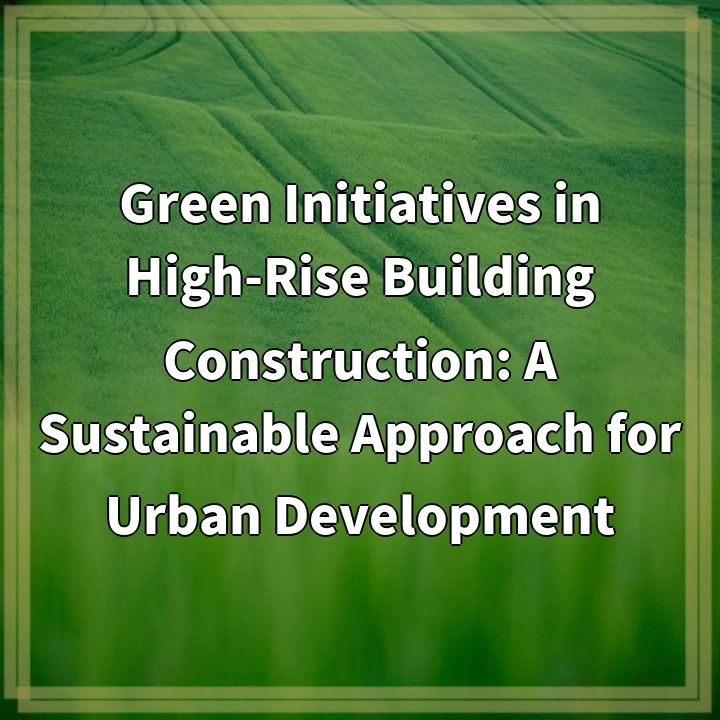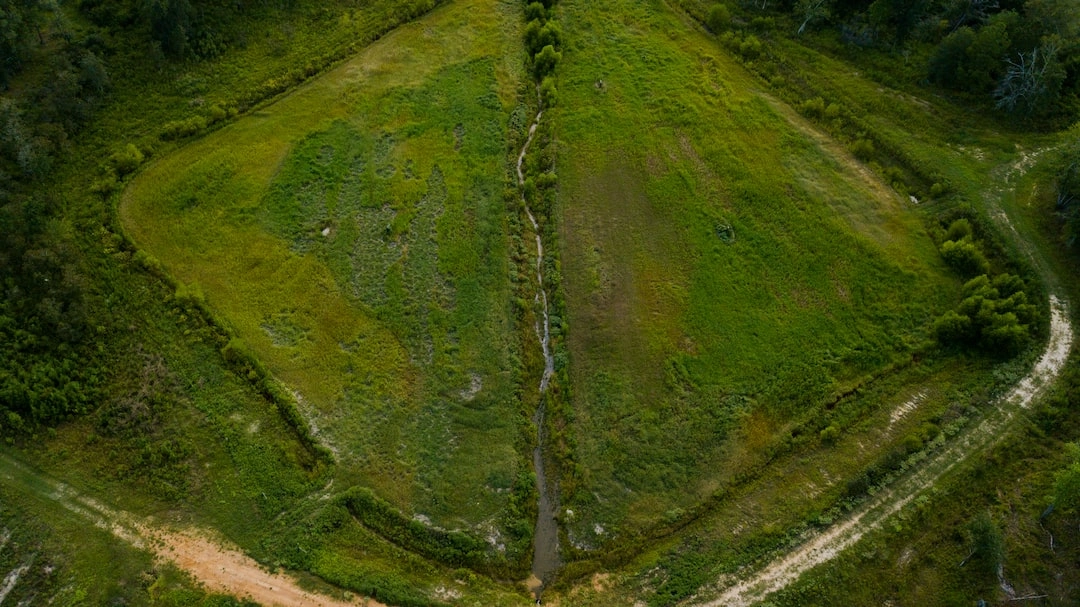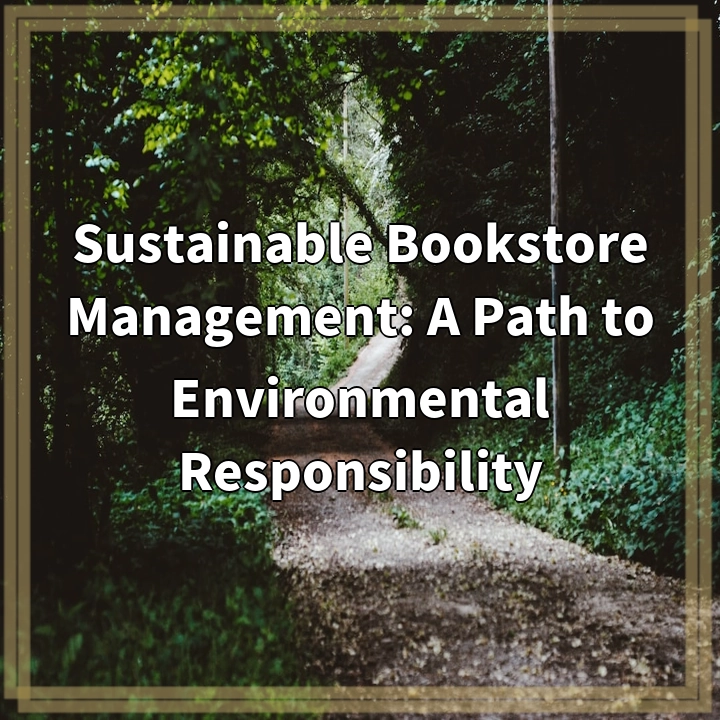
What is Green Initiatives in High-Rise Building Construction?
Green initiatives in high-rise building construction involve the implementation of sustainable practices and technologies to minimize the environmental impact of urban development. It aims to create eco-friendly and energy-efficient high-rise structures that not only meet the needs of the occupants but also contribute to a greener and healthier environment.
Real-World Problems Associated with Green Initiatives in High-Rise Building Construction
While green initiatives in high-rise building construction offer numerous benefits, there are also several challenges that need to be addressed. These include:
1. Cost Implications:
Implementing green initiatives in high-rise building construction can be costly upfront. The use of sustainable materials, energy-efficient systems, and advanced technologies often come at a higher price. This poses a challenge for developers and investors who may be hesitant to invest in these initiatives due to concerns about return on investment.
2. Limited Awareness and Education:
Many stakeholders in the construction industry may not have a sufficient understanding of green building practices and the benefits they offer. Lack of awareness and education can hinder the adoption and implementation of green initiatives in high-rise building construction.
3. Technical Complexity:
Sustainable building practices often involve complex technologies and systems. The integration of renewable energy sources, energy-efficient HVAC systems, and water management systems requires specialized knowledge and expertise. Lack of technical know-how and experience can be a barrier to implementing green initiatives in high-rise building construction.
4. Regulatory Barriers:
In some regions, there may be limited or inconsistent regulations and policies regarding sustainable building practices. Developers may face challenges in navigating the regulatory landscape and obtaining necessary permits for implementing green initiatives in high-rise building construction.
5. Resistance to Change:
Traditional construction practices and mindsets can be resistant to change. Convincing stakeholders to adopt sustainable practices and deviate from conventional methods can be a challenge.
6. Maintenance and Performance:
The long-term performance and maintenance of green initiatives can also be a concern. Ensuring the continued performance of sustainable technologies and systems requires regular monitoring, maintenance, and updates which may require additional costs and resources.

Solutions to the Problems Associated with Green Initiatives in High-Rise Building Construction
1. Overcoming Cost Implications:
To address the cost implications, it is crucial to highlight the long-term benefits of green initiatives, such as reduced operational costs, improved energy efficiency, and increased property value. Financial incentives and government grants can also help offset initial expenses. Additionally, incorporating sustainable practices from the early design stage can optimize cost-effectiveness.
2. Increasing Awareness and Education:
Education and awareness programs should be developed to inform stakeholders about the advantages of green building practices. This includes hosting workshops, conferences, and training sessions to educate architects, engineers, contractors, and investors about sustainable construction methods. Collaborating with educational institutions and industry organizations can help spread awareness and build capacity.
3. Building Technical Capacity:
Enhancing technical capacity involves providing training programs to professionals in the construction industry. This can include certification courses for green building practices and technologies. Encouraging research and development in sustainable construction can also create innovation and improve technical expertise.
4. Advocating for Robust Regulations:
Engaging with policymakers and advocating for robust regulations and incentives can promote green initiatives in high-rise building construction. Building codes and regulations should prioritize sustainable practices and provide clear guidelines for developers to follow. Collaboration between governmental agencies, industry experts, and environmental organizations can facilitate the development of effective regulatory frameworks.
5. Creating a Culture of Sustainability:
Overcoming resistance to change requires promoting a culture of sustainability within the construction industry. This can be achieved through awareness campaigns, showcasing successful case studies, and highlighting the positive impacts of green initiatives. Engaging with stakeholders and fostering a sense of collective responsibility for environmental stewardship can encourage the adoption of sustainable practices.
6. Prioritizing Maintenance and Performance:
Emphasizing the importance of regular maintenance and performance monitoring is crucial to ensure that green initiatives continue to deliver their intended benefits. Providing resources and guidelines for ongoing maintenance and offering support for technology updates can help overcome this challenge. Implementing building management systems can aid in monitoring and optimizing energy efficiency and performance.















